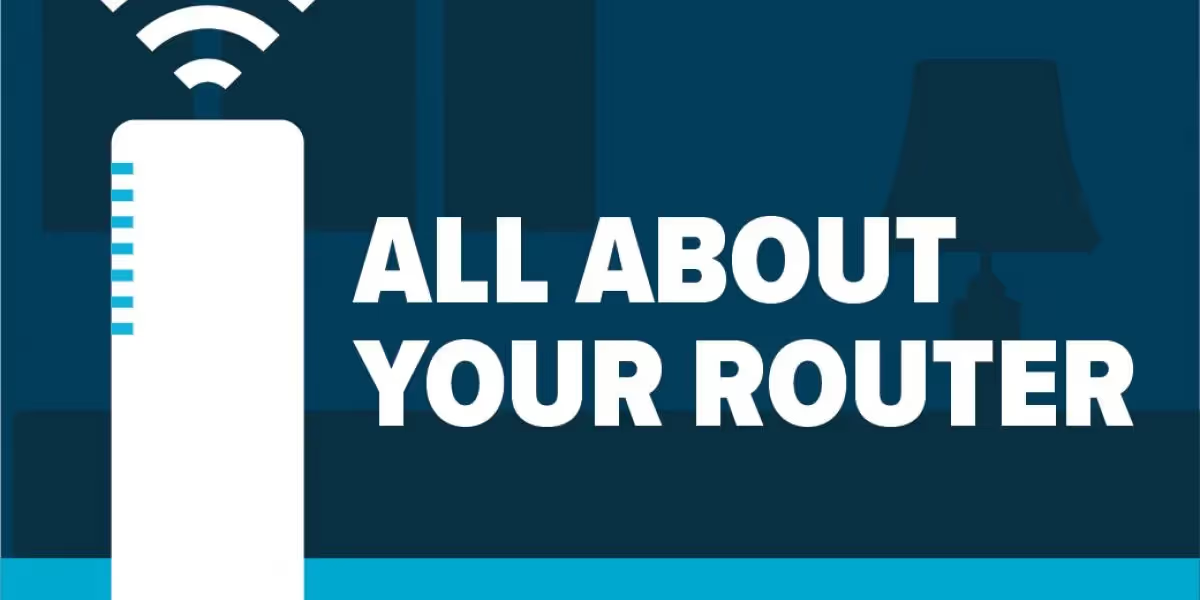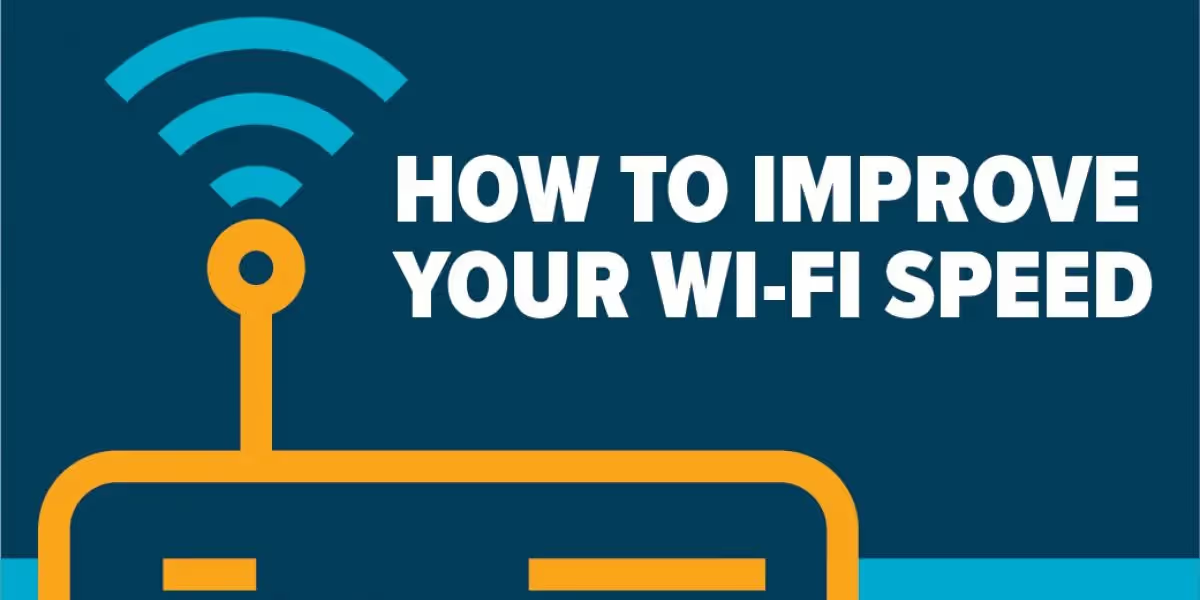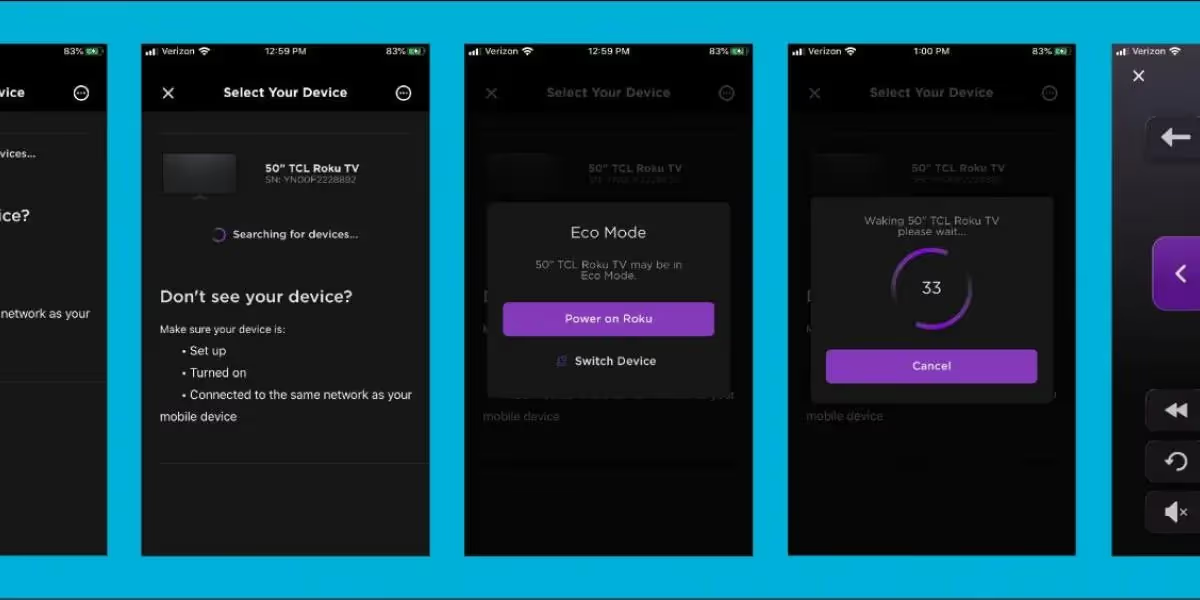Optic Fiber: How Is It Made?

When you kick back to watch Netflix, you don’t want to worry about anything but anticipating the next scene. While you likely don't think about how that footage ends up on your TV, the optical fibers that carry the Netflix signal are made from acid, lights, fire, lasers, and vapor-just as exciting as the special effects in your movies!
Preforms: The base structure of fiber
Optical fiber starts out as a transparent tube of highly pure glass (think fluorescent light bulb, only clear). The tubes are cleaned with hydrochloric acid, then set in a lathe and heated to 3,500 degrees Fahrenheit to fuse them end-to-end.
Next, the tubes are filled with silicone and germanium vapor. Upon further heating, these gases form a residue of silicon dioxide (Si02) and germanium dioxide (Ge02) on the inside of the tube. As the lathe turns, a torch is moved along the length of the tube until the residue turns into another layer of glass. After yet more heating, the glass tube collapses to form a solid rod, called a preform, and is then tested using light refraction to ensure quality.

Drawing optical fiber
The preform is hung vertically in a drawing tower with an oven, which heats one end of the rod to 3,600 degrees Fahrenheit. The glass softens, and gravity pulls it down like honey into a thin glass fiber 10 micrometers thick. As it leaves the furnace in a pliable state, it is passed through a laser micrometer to ensure the fiber is exactly the right diameter of 5/1000th of an inch - thinner than a human hair! This fine thread is then run through pulleys to ensure the tension is just right. This process happens quickly, at about 66 feet per second.
Finishing up
The fiber is drawn through a series of coating cups and ultraviolet lamps that apply and then cure a protective buffer coating. The finished fiber optic thread is then wrapped in Kevlar and soft rubbery plastic to complete the cable. These layers shield it from dust and contamination. Long lengths of this cable (often miles!) are then spooled onto a drum for storage or transport. Elevate uses fiber reels that average 4.7 miles of cable per drum. With 1,400+ miles constructed, we’ve already gone through more than 300 fiber reels while bringing our communities high-speed internet!
Why optical fiber?
These carefully crafted fibers transmit light over long distances at higher bandwidth (the speed data is transferred) than electrical cables. Signals travel with less data loss and without the electromagnetic interference that metal wires experience. Simply put, fiber is faster and better than the alternatives. We only use fiber at Elevate, so when you are ready to settle in for a night of Netflix, you don’t have to experience buffering or lag times. So sit back and enjoy every moment of your favorite movies, including the special effects.
































.avif)
















